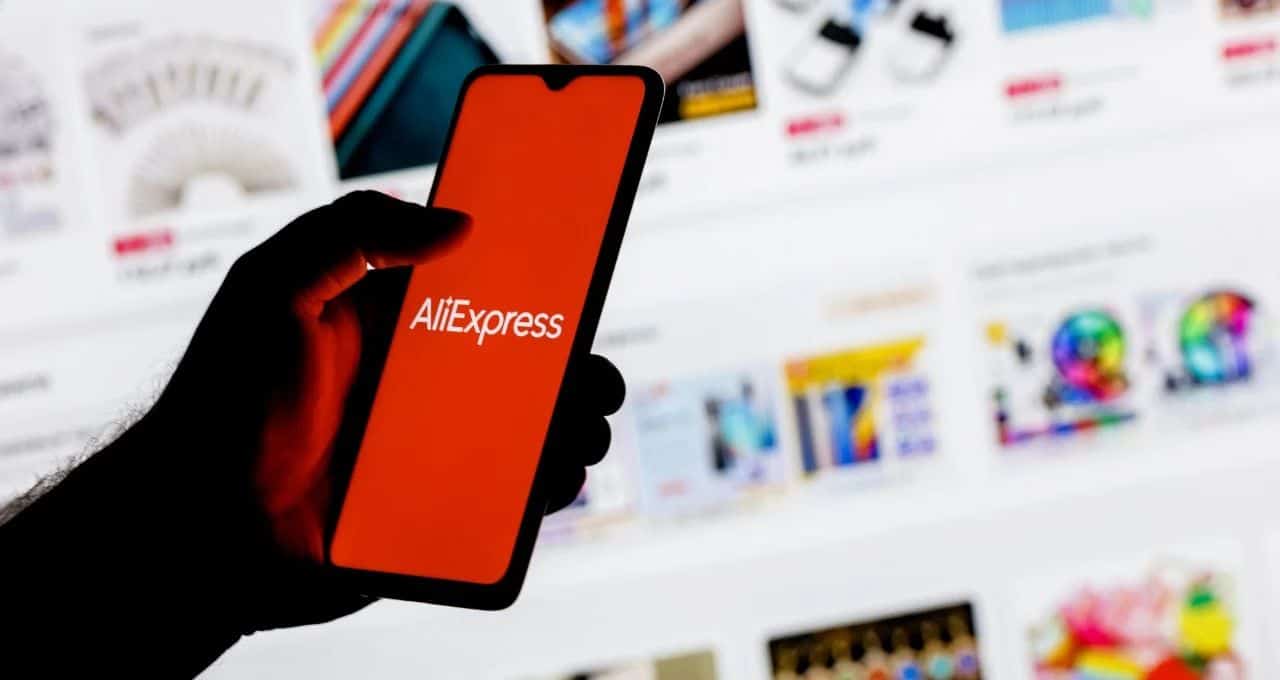How does After-Sale Guarantee work?

Understanding how an after-sale guarantee works is crucial for consumers making informed purchasing decisions. An after-sale guarantee is essentially a promise from the seller or manufacturer that products will perform as expected post-purchase. This article will delve deep into the specifics of after-sale guarantees, their benefits, and various aspects to consider when purchasing a product. By the end of it, you will have a comprehensive understanding that can help alleviate doubts about your buying choices.
What is an After-Sale Guarantee?
An after-sale guarantee is a commitment made by a seller to ensure that a product will live up to specific standards and performance levels, even after the sale has been completed. Essentially, it acts as a safety net for the consumer. These guarantees can apply to various types of products, ranging from electronics to home appliances.
It’s common for after-sale guarantees to cover repairs, replacements, and refunds if the product does not meet the agreed-upon conditions. Different companies may have different terms, but the core idea remains the same: providing assurance and peace of mind to the consumer.
Types of After-Sale Guarantees
After-sale guarantees can take various forms, and understanding these options can help you make better purchasing decisions. Below are the primary types of after-sale guarantees you might encounter:
- Warranty: This is perhaps the most common form of after-sale guarantee, promising repairs or replacements for a certain period.
- Money-Back Guarantee: If you’re unsatisfied with the product, this guarantee typically allows you to return it for a full refund within a specific timeframe.
- Return Policy: This provides guidelines on returning products, including timeframes and conditions.
- Service Agreements: Sometimes offered separately, these agreements cover services beyond the standard warranty, like maintenance or extended repairs.
Why is an After-Sale Guarantee Important?
Understanding the importance of an after-sale guarantee can dramatically impact your purchasing experience. Here are some compelling reasons:
- Peace of Mind: Knowing that you have a safety net allows you to purchase without fear of being stuck with a faulty product.
- Consumer Protection: These guarantees protect your interests, making it easier for you to seek recourse if the product doesn’t meet expectations.
- Builds Trust: Companies that offer strong after-sale guarantees often establish trust and credibility with consumers.
- Value for Money: A good guarantee can enhance the perceived value of a product, reassuring buyers of its quality.
Understanding the Terms and Conditions
Each after-sale guarantee comes with its terms and conditions, which are crucial for consumers to understand. Here are some key aspects to consider:
Duration
How long is the guarantee valid? Some warranties might only cover a few months, while others extend for many years. Always check:
- The initial period of coverage.
- Any applicable conditions that could void the guarantee.
Coverage Scope
What exactly is covered under the guarantee? It’s vital to comprehend the limitations:
- For warranties: What types of defects or damages are included?
- For money-back guarantees: What conditions must be met for a refund?
Exclusions
Most guarantees will have exclusions. It’s crucial to read these carefully, as they often include:
- Normal wear and tear.
- Damages resulting from misuse or accidents.
How to Effectively Use an After-Sale Guarantee?
Once you purchase a product with an after-sale guarantee, knowing how to use it effectively can save you time and hassle. Follow these steps:
Understand the Details
Before you need to make a claim, familiarize yourself with the guarantee’s details:
- Read the fine print to know what is included and what’s not.
- Make a note of key contact numbers and procedures for claims.
Keep Documentation
Always keep a copy of your receipt and any relevant correspondence. Document any issues you encounter with the product:
- Date of purchase.
- Product serial number (if applicable).
Act Promptly
If you experience problems with a product, don’t delay in reaching out to the company. Most guarantees have specific deadlines for claims, so it’s essential to act quickly:
- Contact customer service with your documentation in hand.
- Be clear about the issue and refer to the guarantee terms.
Common Misconceptions About After-Sale Guarantees
There are several misconceptions that can cloud the understanding of after-sale guarantees. Let’s debunk some of these:
- “All guarantees are the same.” – In reality, they vary widely in terms of coverage, duration, and conditions.
- “I don’t need a guarantee.” – This may leave you vulnerable to unforeseen issues with a product, especially expensive items.
- “Only certain brands offer guarantees.” – Many reputable brands, regardless of size, provide guarantees to show confidence in their products.
The Impact of After-Sale Guarantees on Consumer Behavior
Research indicates that consumers are more likely to purchase a product if it comes with a strong after-sale guarantee. This behavior underscores the importance of guarantees in:
- Bonuses for Repeat Purchases: Consumers are often incentivized to return to brands that offer robust guarantees.
- Reduction in Returns: When customers know they have recourse, they are less likely to return items, which can be beneficial for businesses.
How to Identify Reliable After-Sale Guarantee Providers
Selecting products from reputable companies that offer solid after-sale guarantees is crucial. Here are tips for identifying trustworthy providers:
- Research Customer Reviews: Look for feedback from other consumers regarding their experiences with after-sale guarantees.
- Check Company Reputation: Reliable companies often have positive market reputations and provide transparent information about their guarantees.
- Ask Questions: Don’t hesitate to inquire directly about the guarantee before finalizing your purchase.
Examples of After-Sale Guarantees in Action
To better understand after-sale guarantees, let’s look at some real-world examples:
- Electronics: A tech company might offer a one-year warranty covering hardware defects. If a phone malfunctions within that period, the consumer can get it repaired or replaced.
- Furniture: A furniture store may provide a 30-day money-back guarantee. If the customer does not like the product, they can return it within that time frame for a full refund.
- Clothing: Some apparel brands offer a “wear it, love it, or return it” guarantee, allowing customers to try on clothing and return it if it’s not the right fit.
Final Thoughts on After-Sale Guarantees
After-sale guarantees serve as an essential element in consumer protection, enhancing the overall shopping experience. They offer peace of mind and can be a decisive factor in your purchasing choices. By understanding how these guarantees work and what to look for, you equip yourself with the knowledge needed to make informed decisions. The next time you’re considering a purchase, remember to check the after-sale guarantee — it may just be the assurance you need to make that buying decision!

LINK:
Understanding how an After-Sale Guarantee works is vital for confident purchases. This guarantee comes into play after the sale of a product, providing consumers with protection against defects or dissatisfaction. Essentially, it ensures that if the product doesn’t meet expectations or has faults, customers can seek support or compensation, enhancing trust in the brand. The specifics can vary between companies, involving procedures for claims and timelines for resolutions. Recognizing these details helps customers make informed decisions and nurtures a sense of security in every purchase. Consequently, it’s always wise to review the guarantee terms before finalizing a transaction.
FAQ
1. What is an After-Sale Guarantee?
An After-Sale Guarantee is a promise made by sellers or manufacturers to ensure customer satisfaction after the purchase. It typically covers issues like product defects, malfunctions, or dissatisfaction, allowing consumers to seek refunds, exchanges, or repairs.
2. How long does an After-Sale Guarantee last?
The duration of an After-Sale Guarantee varies by company and product type, but it typically lasts from a few months to several years. Always check the specific terms and conditions provided by the retailer for accurate information.
3. What should I do if I need to use my After-Sale Guarantee?
If you need to use your After-Sale Guarantee, follow the steps outlined by the retailer. Generally, this involves contacting customer service, providing proof of purchase, and describing the issue in detail. Be sure to act promptly within the stipulated time frame.
4. Are there exclusions to the After-Sale Guarantee?
Yes, many After-Sale Guarantees come with exclusions. Commonly excluded items include products that have been misused, damaged accidentally, or have wear and tear issues. Always review the guarantee terms for specific exclusions.
5. Does an After-Sale Guarantee affect the price of the product?
While the After-Sale Guarantee itself doesn’t always increase the product price, products with extensive guarantees may be priced higher due to the added service. However, the peace of mind it provides can justify the investment for many customers.
Conclusion
In summary, an After-Sale Guarantee serves as a critical element of customer service, offering reassurance that purchases are safeguarded against unforeseen issues. It’s designed to enhance customer satisfaction by providing avenues for resolution, should any problems arise post-purchase. Familiarizing yourself with the terms of this guarantee is crucial in making informed purchasing decisions. By understanding the intricacies of After-Sale Guarantees, you can enjoy your product with the confidence that support is readily available if needed, paving the way for a positive shopping experience.


